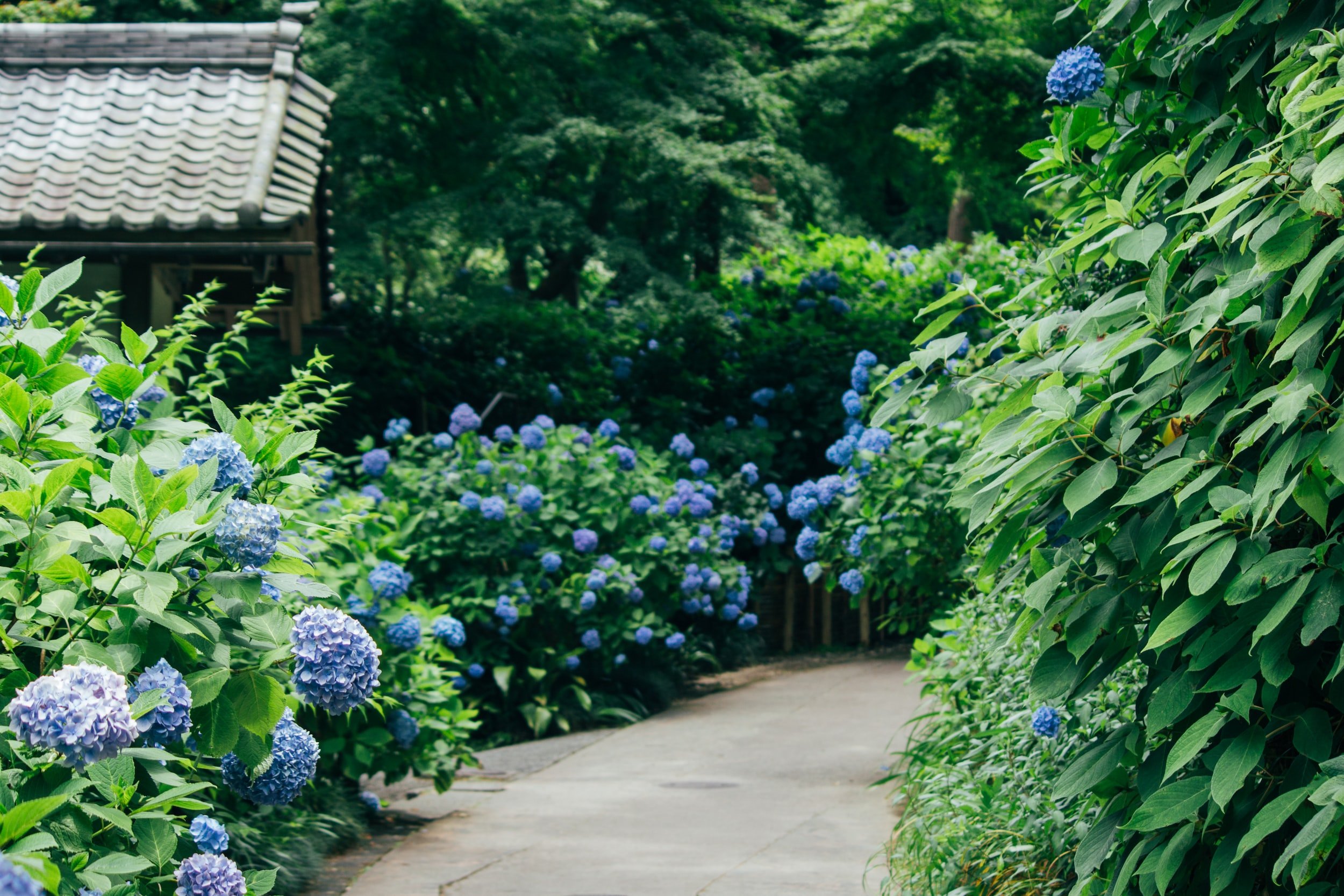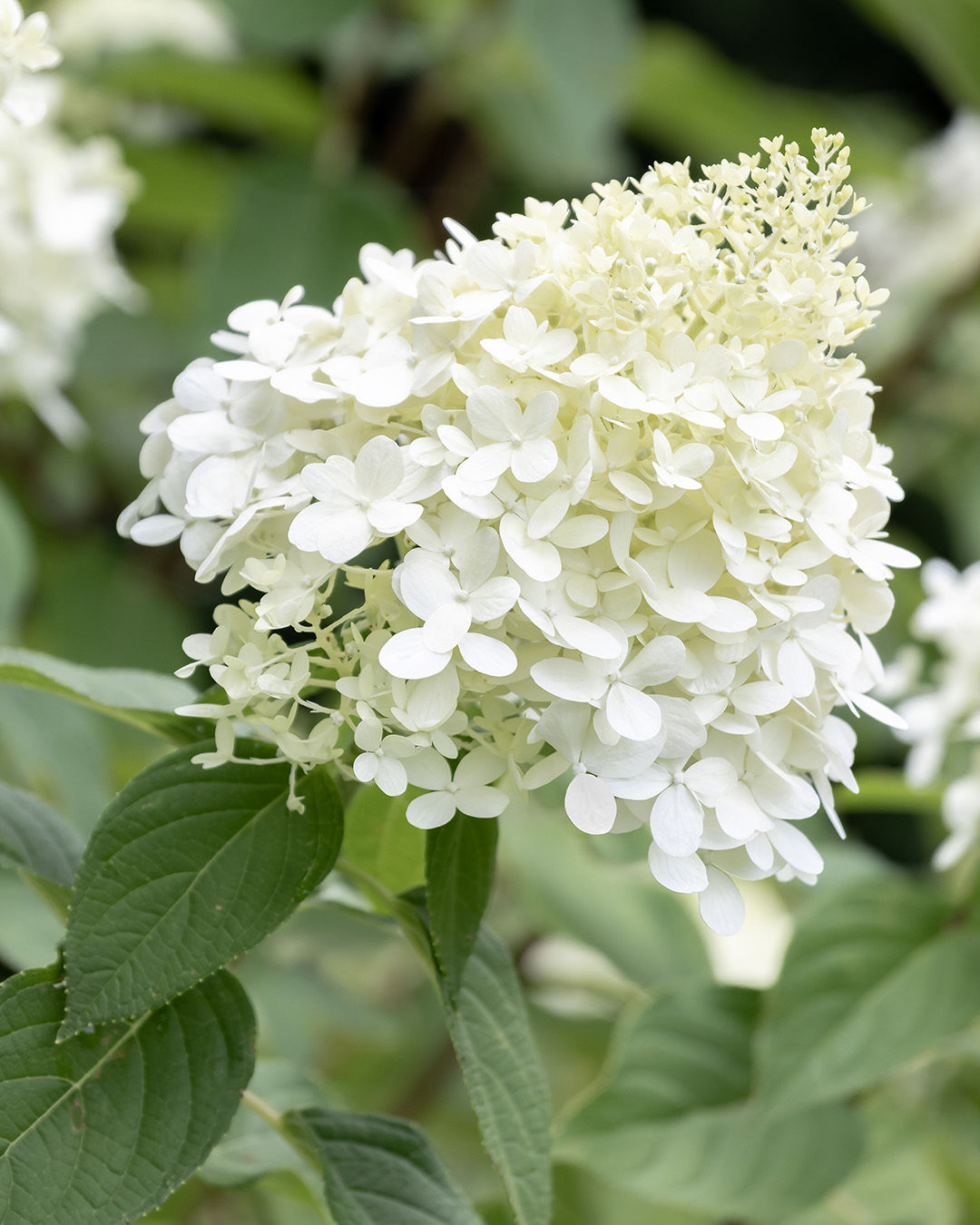Some Known Details About Hydrangea Leaves Turning Yellow
Get This Report about Hydrangea Leaves Turning Yellow
Table of Contents7 Easy Facts About Hydrangea Leaves Turning Yellow ShownAn Unbiased View of Hydrangea Leaves Turning YellowThe Best Strategy To Use For Hydrangea Leaves Turning YellowSome Known Incorrect Statements About Hydrangea Leaves Turning Yellow Hydrangea Leaves Turning Yellow Can Be Fun For AnyoneSome Ideas on Hydrangea Leaves Turning Yellow You Need To KnowNot known Factual Statements About Hydrangea Leaves Turning Yellow The Ultimate Guide To Hydrangea Leaves Turning Yellow
Sprinkling your plant with difficult water causes the plant's leaves to transform yellow, but the blood vessels will remain environment-friendly. Nitrogen is a primal nutrient for plants.Those indicators consist of stunted growth and the yellowing of lower, older leaves in the plant. We're right here to help you with that.
Iron-tone prepares to use and needs no blending and will certainly restore deep eco-friendly shade to chlorotic yellow plants, FOR ORGANIC GARDENING: Iron-tone is authorized for natural horticulture; It is a registered Organic Input Material indicating it fulfills all requirements for organic production, MADE IN THE United States: Item of the Espoma Company.
All about Hydrangea Leaves Turning Yellow
Over-watering and under-watering are both hazardous to your plant. Make certain you stick with a watering regimen that'll match your plant. Keep in mind to not let the dirt dry out completely and water the plant once a week.
This is one of the most usual issues that new hydrangea garden enthusiasts and knowledgeable professionals go via every season. There are a few, really common, variables that might cause your hydrangea leaves to come to be tarnished and brownish.
If you are planting in the summer season, or on a day that is suddenly cozy you will intend to. Before growing, water the plant. This can help protect against transplant shock - Hydrangea Leaves Turning Yellow. If you haven't done this and the plant is currently in the ground this will simply take a little bit of time and water.
Getting The Hydrangea Leaves Turning Yellow To Work
Due to too much fertilizing in summertime, a shed might show up on the leaves. Hydrangeas do not need as well a lot when it comes to fertilizing.

If you have actually located these crispy fallen leaves on your plant, you can leave them. Or you can snip them off to help the appearance of your plant. One of the most typical pests are aphids, crawler termites and beetles. Hydrangeas can have concerns with usual important link yard pests such as. The feeding injuries of these pests can turn brown and cause brownish places to show up on the fallen leaves and stems of the plant.
The smart Trick of Hydrangea Leaves Turning Yellow That Nobody is Talking About
Knock the beetles right into a container of soapy water, or use a solid spray from your pipe to disrupt the aphids. You can additionally spray soapy water onto all of the plant's surface areas.
You can try to prevent fungal conditions by keeping your gardens cool and devoid of debris. Offer your gardens a good loss and springtime tidy up and eliminate all ground cover from the ground, as well as from within the crown of the plant. These fallen leaves that check over here will certainly linger, waiting to strike in the following expanding season.
These can be located at garden facilities. Keep in mind to adhere to the instructions on the tag of the fungicide you buy. Copper fungicides are, yet if they are overused they can become harmful to your plant. Eliminating contaminated fallen leaves is also a great step. Clip the leaves, and remove them from the garden.
Getting The Hydrangea Leaves Turning Yellow To Work
If they aren't getting enough water, their fallen leaves will brown. Hydrangeas have a in the midday sunlight, and bouncing back as soon as the sunlight has changed and the plants have some time to recuperate.
!! Water them gradually so the plants can soak up that water. Generally in areas where plants have actually ended up being dried out, the soil is completely dry and the runoff of water comes to be a problem.

The Main Principles Of Hydrangea Leaves Turning Yellow
Water the base of the plant,. Once the plant has actually recoiled, you can resume a routine watering timetable.
You can try to stop fungal illness by maintaining your gardens neat and without debris. Provide your yards an excellent loss and springtime tidy up and remove all ground cover from the ground, as well as from within the crown of the plant. These leaves that will linger, waiting to attack in the next growing season.
These can be found at garden centers. Keep in mind to comply with the directions on the label of the fungicide you purchase. Copper fungicides are, but if they are overused they can become toxic to your plant. Getting rid of contaminated fallen leaves is likewise a fantastic step. Clip the fallen leaves, and eliminate them from the garden - Hydrangea Leaves Turning Yellow.
The Best Guide To Hydrangea Leaves Turning Yellow
If they aren't getting adequate water, their leaves will certainly brown. Hydrangeas have a in the noontime sunlight, and bouncing back as soon as the sun has actually moved and the plants have some time to recuperate.
!! Water them slowly so the plants can soak up that water. Normally in areas where plants have actually come to be dried out, the soil is completely dry and the drainage of water becomes a trouble.
Established plants may require to be watered one to 3 times per week, depending on your problems. It might appear alluring to spray the fallen leaves down.
Hydrangea Leaves Turning Yellow Can Be Fun For Everyone
Water the base of the plant,. Once the plant has rebounded, you can return to a normal watering timetable.